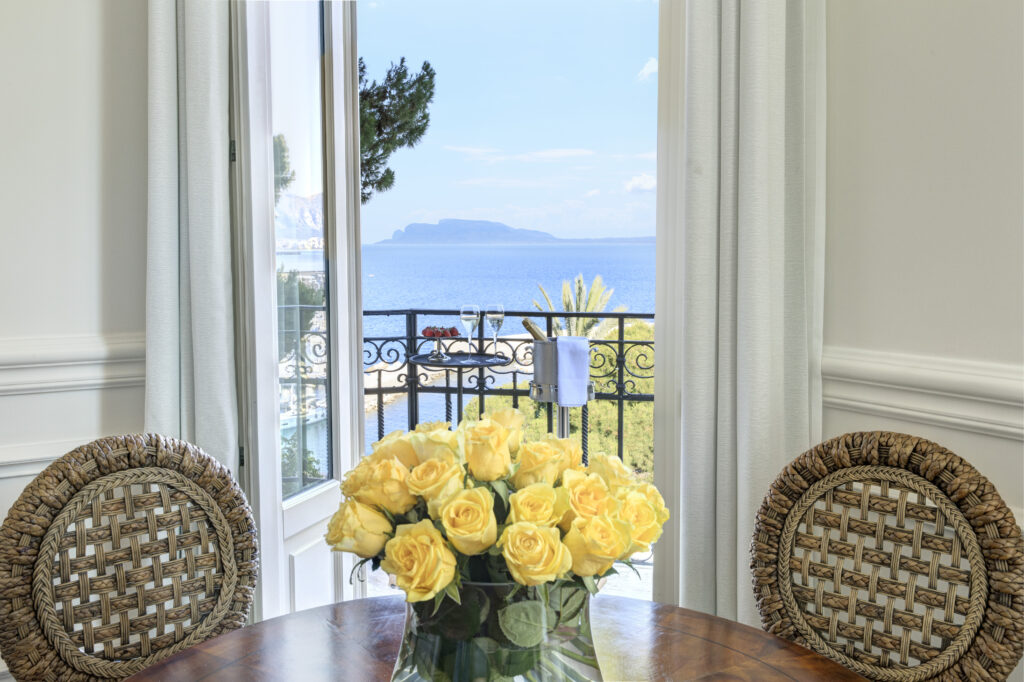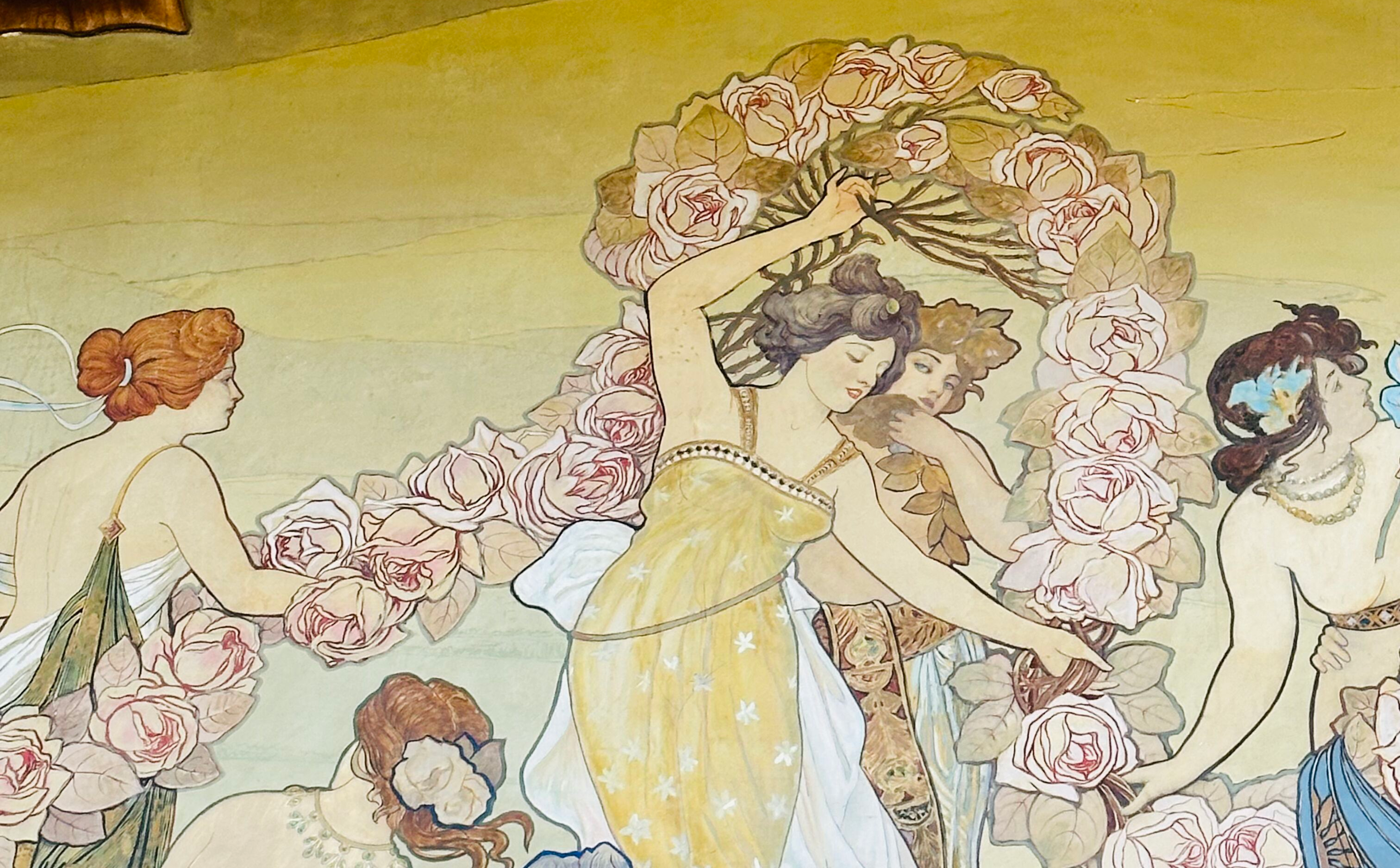Just a few years ago, Villa Igeia in Palermo, Sicily, was a hotel of faded grandeur. It was beautiful for its architecture and period details and fascinating for its history of royal arrivals by boat to the hotel. Still, it left guests feeling that someone should polish it up. Someone has—Rocco Forte Hotels–who acquired it in 2019 and reopened the revamped, re-glamorized hotel in 2021.
Not only has Rocco Forte saved the hotel from further decline, but they have also vastly improved it and returned it to its former grandeur. This reborn resort feels as chic as it must have been when the wealthy aristocrats, royalty, and international jetset graced it during Palermo’s golden age of the Belle Epoque.

Villa Igiea boasts breathtaking views over the Gulf of Palermo to the city of Palermo across the bay. It is a stunning turn-of-the-century palazzo that feels a world away from tourist crowds while only a 15-minute drive or short trip by private boat to Sicily’s capital city.
Villa Igiea History
The affluent Florio family built the Villa Igiea Hotel. The family was known for owning the prestigious Florio Marsala, which was THE Marsala for decades. Originally, the hotel was a private villa owned by the English Admiral Sir Cecil Domville, and Florio transformed the former residence into Villa Igiea, named for his daughter.
Initially built in a Neo-Gothic design, Florio morphed the palatial resort into an Art Nouveau palazzo that still carries the essence of Palermo’s golden age. The luxurious palm trees, the stunning pool overlooking the private marina, and the picturesque view of the Tyrrhenian Sea add immensely to the secluded beauty of the hotel.
Art and Architecture
The architect Ernesto Basile commissioned painter Ettore De María Bergler to create frescos in the Sala Basile, which depict the four moments of a day in Art Nouveau style. The east wall shows a sunrise, the central wall shows the day and sunset, while the north wall depicts the night. On the west side of the hall, Basile erected a colonnade, and De María Bergler painted three peacocks on it. The peacock in the middle, with an open tail, represents dawn, the one with a half-closed tail represents sunset, and the sleeping peacock with a closed tail facing downwards represents the night. A long chandelier made with precious Murano glass illuminates the hall, featuring frescos of young girls offering flowers and oranges.
Other magnificent halls include the Sala Biblioteca (Library Room), Salone delle Feste (Banquet Hall), Sala degli Specchi (Mirror Hall), and the recently renovated bar, which was designed in Art Nouveau style by fresco painter Gianni Morici.
@romatosonoma
Follow on Instagram











